Search
Saturday, April 30, 2022, 7:30 PM EDT
Harvard-Epworth Church, Cambridge, and Online
Concerto in Bb Major, TWV 51:B2 Georg Phillip Telemann (1675–1701)
Adagio • Allegro • Grave • Allegro
Adagio and Allegro for flute and strings, HWV 338 George Frideric Handel (1685–1759)
Ruhig sein, sich selbst gelassen (from Octavia) Reinhard Keiser (1674-1739)
Trio Sonata in B Minor, HWV 386b Handel
Andante–Allegro ma non troppo • Largo–Allegro
Overture to Joseph and his Brethren Handel
Andante • Larghetto • Allegro • Menuet (Larghetto)
Pièces de clavecin en concerts, no. 5 Jean-Philippe Rameau (1683-1764)
Fugue La Forqueray • La Cupis • La Marais
Fuga con un soggetto solo Arcangelo Corelli (1653-1713)
Harpsichord Sonata in G Major, K2 Domenico Scarlatti (1653-1713)
Allegro, from Concerto Grosso in G Major, op. 6, no. 1 Handel
Suzanne Stumpf and Vincent Canciello, traversi
Sarah Darling and Jesse Irons, violins
Marcia Cassidy, viola; Daniel Ryan, cello Andrus Madsen, harpsichord
This concert is dedicated to the memory of Harriet S. Carey through a gift
by John A. Carey to Musicians of the Old Post Road’s Fund for the Future.
This concert is supported, in part, by grants from Avidia Bank and the Massachusetts Cultural Council, a state agency.
Program Notes
[...The borrowers] understood so well how to apply their art to these [borrowed] ideas that under their hands they are changed to new and original thoughts.
— J.A. Scheibe: Uber die musikalische Composition (Leipzig, 1773)
George Frideric Handel’s penchant for borrowing musical motifs from other composers is well-known and documented. There have been many times when audiences and performers have been surprised by the delightful appearance of a musical phrase that they recognize from another composer. Handel’s pervasive practice of borrowing, however, should not be seen as a sign of laziness, shortness of time, or outright dishonesty, but rather employing a practice very common among his contemporaries. Called “transformative imitation,” it was a way composers enhanced pre-existing themes by varying and extending them in new and original ways.
Georg Philipp Telemann’s Concerto in Bb Major for three violins and continuo provides an example of Handel’s borrowing practice. Telemann and Handel became good friends early in their careers, with frequent visits and correspondences between the two beginning in 1701. The final movement of Telemann’s concerto, composed between 1708-14, contains a characterful “hammer-blow” motif that Handel borrows to great effect in three works composed around 1722: his Overture in D Major HWV 337, his Overture to Ottone, and in the last movement of his Adagio and Allegro, HWV 338. Whereas Telemann uses this theme only loosely imitatively, in HWV 338 Handel composes a full-fledged fugue that makes dramatic use of this motif in a variety of keys. It is worth noting that Telemann was another composer who borrowed themes from others, and the first movement of his Bb Major concerto is reminiscent of the first movement of Handel’s Sonata à 5 HWV 288, composed around 1706.
Reinhard Keiser was for many years the director of the Hamburg Opera in which Handel played in the orchestra. Keiser’s works had a lasting impact on Handel’s style and provided fertile ground for Handel’s borrowings. After leaving Hamburg in 1706 for Italy, Handel took with him a score of Keiser’s opera Octavia. Several of Handel’s subsequent works contained quotations from Octavia, appearing in his operas Agrippina, Rodrigo, the oratorio La Resurrezione, and some Latin church works. Perhaps Handel’s appropriation of the bass aria Ruhig sein from Octavia comes closest to what we would consider plagiarism. The score of Keiser’s opening ritornello is reproduced nearly note for note in Handel’s aria Vaghe fonte in Agrippina. This material also found its way into the Largo movement of his Trio Sonata in B Minor, where it is heard at the beginning of the movement and in the rich, chordal violin figuration that serves as a lush accompaniment to the cantabile flute melody.
The examples of Handel’s borrowings discussed so far have been ones that are well-documented through their close similarity to the originals as well as through Handel’s known personal connections with Telemann and Keiser. Handel composed works that have thematic resemblances to the works of Rameau and Corelli chosen for this program, but evidence proving Handel’s knowledge of these works has not come to light. Whether these themes are direct borrowings or coincidental similitudes is still hotly debated by scholars. Given Handel’s manner of composing discussed above, we feel the circumstantial evidence for direct borrowing is strong.
The theme of the Allegro movement of Handel’s overture to Joseph and His Brethren bears a noteable closeness to the opening of Rameau’s Fugue La Forqueray. The Rameau work was published in 1741 and Joseph and His Brethren was composed in 1743. Although the first English edition of the Rameau did not appear until 1750, it is plausible that Handel could have seen a copy of the French publication. As with the fugal Telemann movement previously described, Handel takes Rameau’s imitative theme and gives it a full fugal treatment, building to dramatic sequential writing near the end.
Handel’s many borrowings in his 1741 oratorio Messiah are mostly self-borrowings from his earlier compositions. A noteworthy exception is a theme found in the “Hallelujah Chorus” that appears to be taken from a fugue by Corelli. Corelli masterfully sets his theme in complex counterpoint in a four-part fugue. Handel sets this theme to the words “for the Lord God omnipotent reigneth.” He does not ever treat it imitatively, but instead uses it as a kind of polestar around which other voices weave their cries of “hallelujah.”
In 1738, the Italian composer Domenico Scarlatti made a sensation with the publication of his Essercizi per cembalo, a set of 30 harpsichord sonatas. These, among the most virtuoso of Scarlatti’s oeuvre, evidently provided Handel much inspiration in his opus 6 Concerti Grossi published in 1739. (In this set of 12 concertos, Scarlatti’s sonatas provided the inspiration of the first six, while Gottlieb Muffat’s concertos provided inspiration for the second six.) The last movement of Handel’s first concerto mirrors the binary structure and thematic material of Scarlatti’s Sonata in G Major, K2, including the exuberant octave leaps and arpeggios contrasted by delicate, stepwise melodic getures.
We close with the words of Handel himself:
“I should be sorry if I only entertained them. I wish to make them better.”
—Suzanne Stumpf and Daniel Ryan
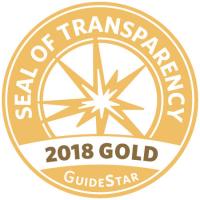



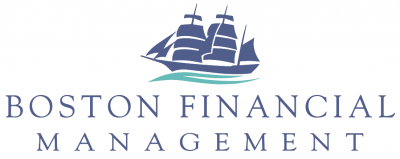
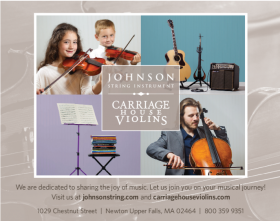

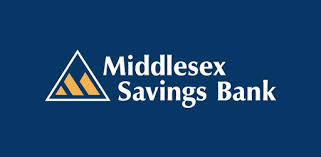

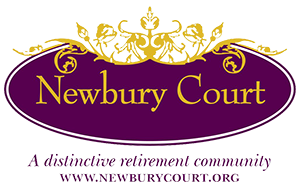

Daniel Ryan and Suzanne Stumpf, Artistic Directors
349 Boston Post Road, Weston, MA 02493
tel. (781) 466-6694
All content © Musicians of the Old Post Road
Privacy Policy
Terms & Conditions
